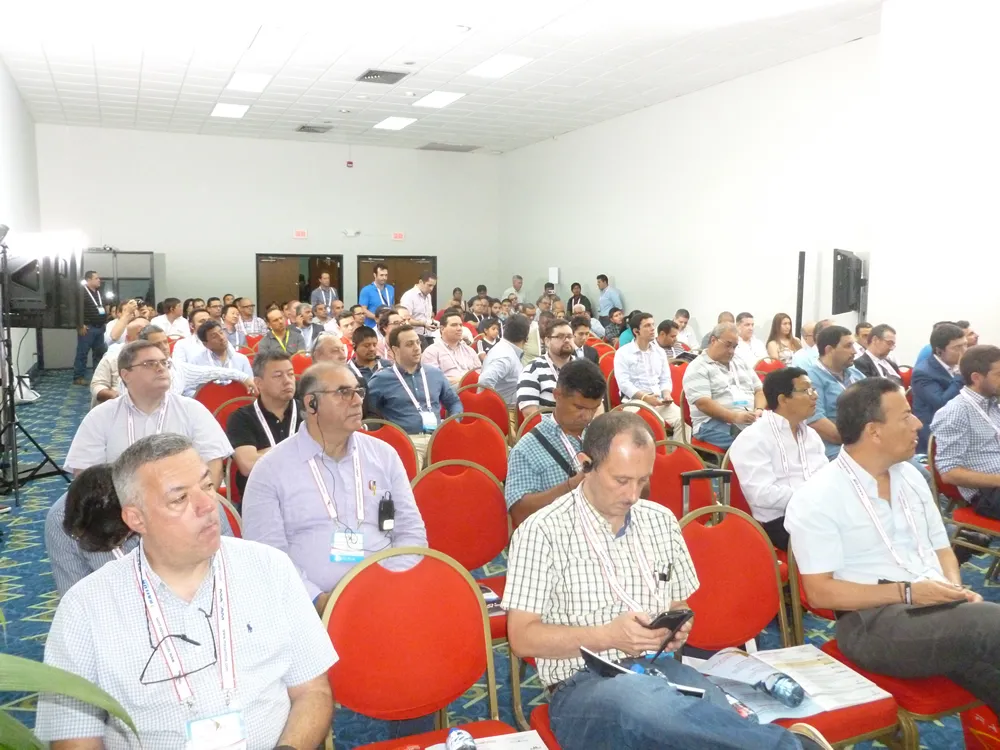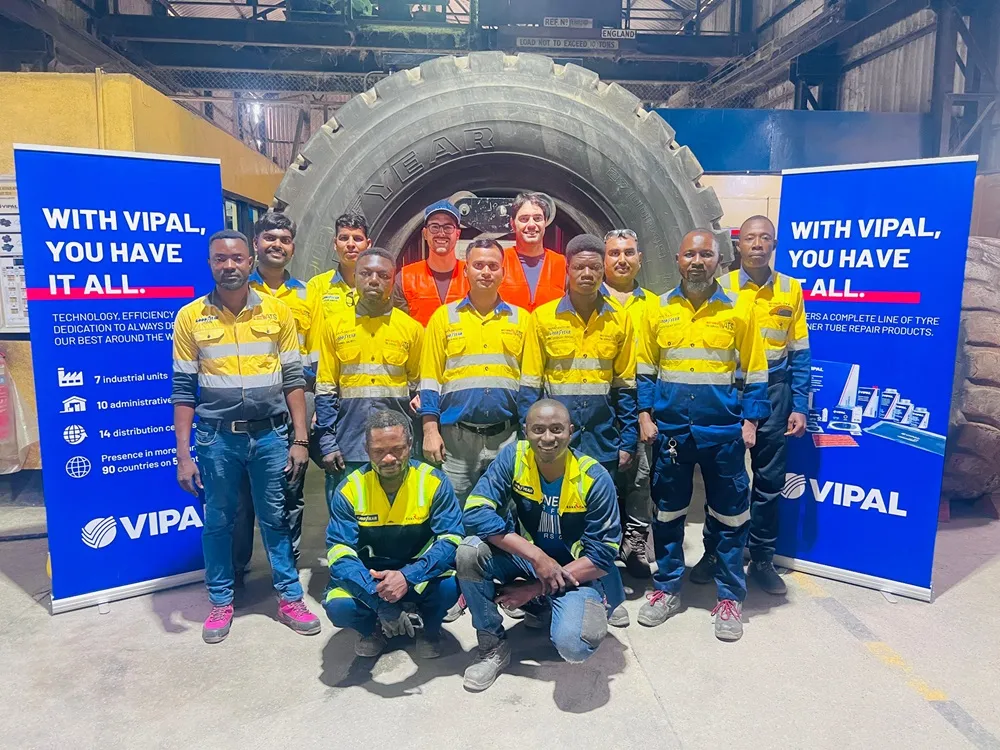The impact of Chinese tyres on the retreading industry, and in particular, the degree to which price fluctuations have impacted the sector, have received considerable coverage in the pages of Retreading Business. Of particular importance has been the 70% hike in raw materials prices that occurred between September and December last year, and how this appeared to turn the mood of the market from doom and gloom to bright optimism almost in the twinkling of an eye.
Chinese tyres are once again under the spotlight
In the presentation I made at the Asian Retread Conference last year, and again at Tyrexpo Asia in March, I warned against reading too much either way into short term fluctuations in raw materials prices and suggested that the retread industry should refrain from relying on government support to get the industry out of the mire. The best way for the retreading business to move forward, I argued, was to focus on marketing high quality retread products to the right people and with the right messages, in order to create lasting and sustainable business opportunities going forward.
The whole topic of Chinese tyres was raised again at the recent Latin American Tyre Expo in Panama thanks to two illuminating presentations, one by keynote speaker David Shaw of Tire Industry Reseach and the other by Walt Weller, Vice President of CMA LLC, a wholly owned subsidiary of Double Coin Holdings. These two speakers brought the problems faced by the retread industry into sharp focus, and offered some further thoughts on how the market might wish to approach the challenges it faces.
Following the rapid hike in rubber prices at the end of 2016, the initial market response was for the industry to suddenly start talking of a great opportunity for retreaders, and it is true that many retreaders, especially those with strong fleet business, are doing well at the moment. However, although the price of Chinese tyres did rise at the end of the year, these prices have not held, and prices once again appear to be on a downward spiral. So what on earth is happening, and how can the retread industry react?
In explaining the recent volatility of new tyre prices, David Shaw focussed in on a number of key facts. The first is that more rubber is now being used in tyre manufacturing because tyres are getting bigger. At the same time tyre manufacturer revenues are down 17.5% since 2012 making them more vulnerable to fluctuations in raw materials costs. The third point, and it may seem an obvious one, is that tyre prices do tend to rise and fall with NR prices, and on the basis of that, Shaw predicted that prices will continue to fall in the coming months.
But there is much more to it than that, Shaw explained, not least a couple of extraordinary circumstances, which have particularly affected the pricing scenario over the course of the last nine months.
The first of these was that in September last year the Chinese Government enforced vehicle legislation, which led to a doubling of truck sales in China, something which no-one saw coming. This led to a rapid increase in demand and a consequent rise in prices. There was also, said Shaw, a drought in Thailand which restricted the supply of rubber, a situation, which has now normalised. Tyre makers, he explained, have now fulfilled the glut of orders arising from the market situation in China, and are looking for sales again. Prices therefore are coming down and are likely to continue to do so.
In addition to these outside influences, Shaw pointed out that Chinese tyre prices are inherently more volatile than the top brands. This is primarily because the Chinese manufacturers tend to work on cost plus basis, whereas premium brands work on a brand basis giving themselves a much higher profit margin with which to play with. Typically, raw materials as a percentage of sales is between 20-35% for a top brand whereas for Chinese and Indian manufacturers it can be as much as 50-70%.
This means that the Chinese have to react immediately to raw materials price increases, whereas the brands can delay the rise as they have more margin to play with. As a result the premium tyre manufacturers between September and the early part of 2017 saw increases in sales while they simply prepared for rises at a time when the Chinese had been forced to raise their prices.
All of this, of course, in the opinion of Retreading Business, is bad news for the retreading industry because it means that tyre prices will continue to fluctuate in line with NR prices, making it difficult for retreaders to formulate a cohesive strategy if the industry remains over-reliant on maintaining an ongoing and stable price differential between the price of retreads and cheap new tyres.
In the longer term, though, the situation is perhaps not so critical. Shaw, like many commentators pointed out the developing split in China between the top 10-12 Chinese manufacturers and the rest. A gradual change of culture, he pointed out, was making it easier for smaller factories to close without their managers suffering a loss of face. Consolidation, he argued, was already underway but being held back by inter-personal rivalries. There was also a deep resentment against US Government in China due to the perceived unfairness of anti-dumping actions. At the same time, he added, China was now beginning to focus on better marketing, brand management and a more international approach to management, which would also eventually bear dividends.
This, of course, does not help retreaders in the short and medium term, and reinforces the argument put forward by this magazine that the retreading industry must do more that throw its hands in the air in despair and expect governments to sort the situation out for it, for it may be whistling in the wind. If the industry associations can truly persuade governments to intervene on behalf of retreaders and sidestep all the various alternative interests that are at play here, then all power to them, but in the opinion of this magazine, the situation is far from irretrievable and depends on the industry coming together and marketing itself properly, something which the industry over the years, with very few exceptions and for many different reasons, has manifestly failed to do.
This leads us on to the second key presentation in Panama, made by Walt Weller, Vice President of CMA, LLC, a wholly owned subsidiary of Double Coin Holdings Ltd. Weller is therefore a representative of the Chinese tyre industry, but he is also a friend of the retreading industry, and he gave an impassioned defence of the industry in his presentation on “Chinese Tyres and Retreading – Facts and Fiction”. The nub of his argument was that the Chinese tyre industry and the retreading industry were not incompatible – indeed that the US tyre industry, including the retreading sector, could no longer do without Chinese manufacturers.
Weller began by pointing out that the retread industry in North America was currently flat, but was actually running at similar volumes to thirty years ago. He alluded to the widespread consolidation of plants across North America, which has continued into recent times (between 2013-15 the number of plants in the USA fell from 725 to 650 plants) and the degree to which the market is controlled by the Big Three – Bridgestone, Goodyear and Michelin.
He also spent some time trying to counter some of the anti-Chinese tyre arguments prevalent in the US (and around the rest of the world) – for example: Are Chinese tyres unretreadable? Weller showed a chart analysing the retreadability of a plethora of brands – both premium Western and Chinese, pointing out that Double Coin had the highest retreadability amongst all those listed. “Many good casings come out of China,” he argued.
Then there was the question of whether Chinese tyres are unfairly subsidised. “Subsidies exist in China,” he said, “but they also exist locally in the USA. There is also a Federal Excise Tax on all new truck tyres in the USA from which retreads are exempt.”
Weller also pointed out that the tyre industry in the USA could no longer exist without Chinese tyres because they now make up 40% of the replacement market. “No other country could satisfy the demand if Chinese tyres were not available,” he added.
Back on the subject of trends in the retreading industry, Weller argued that those retreaders who were affiliated to the main players and those who had managed to tap into major fleet programmes were still enjoying good business in a relatively stable market. The difficulties, he argued, were being faced by independent retreaders marketing cap and casing services to small fleets and owner/operators, a sector, which he said, the industry had failed to market to.
The key to the problem, explained Weller, lay in solving customer service issues, which remained a major factor in owner/operators and small fleets remaining unconvinced about retreads. Although they understood that warranties were available from local retreaders, the problems occurred when a retreader suffered a breakdown away from his local area and was forced to replace tyres with expensive new tyre alternatives. This, said Weller, was an understandable reaction which needed to be solved.
Weller’s solution was for independent retreaders to collaborate to create a network of certified retreaders, with a certified casing programme and the standardised use of shearography, backed up by a co-ordinated effort to target the small fleet and owner/operator sector properly. Of course, it is true that achieving something like this is easier said than done, but it is something that needs to be addressed, perhaps in conjunction with those tyre manufacturers who are not among the Big Three.
The two presentations offered by Shaw and Weller were complementary in many senses in that they confirmed the reality of the market. The Chinese tyre industry is here to stay, and the act of seeing things in black and white by simply treating it en bloc as an enemy of the retreading industry is both inaccurate and pointless. What the retreading industry does need to do is understand that times and have changed and the challenges and opportunities facing the industry are different to what they used to be. If the retreading industry can pick itself up and face these challenges with innovation, energy and a positive attitude, it has plenty going for it.







